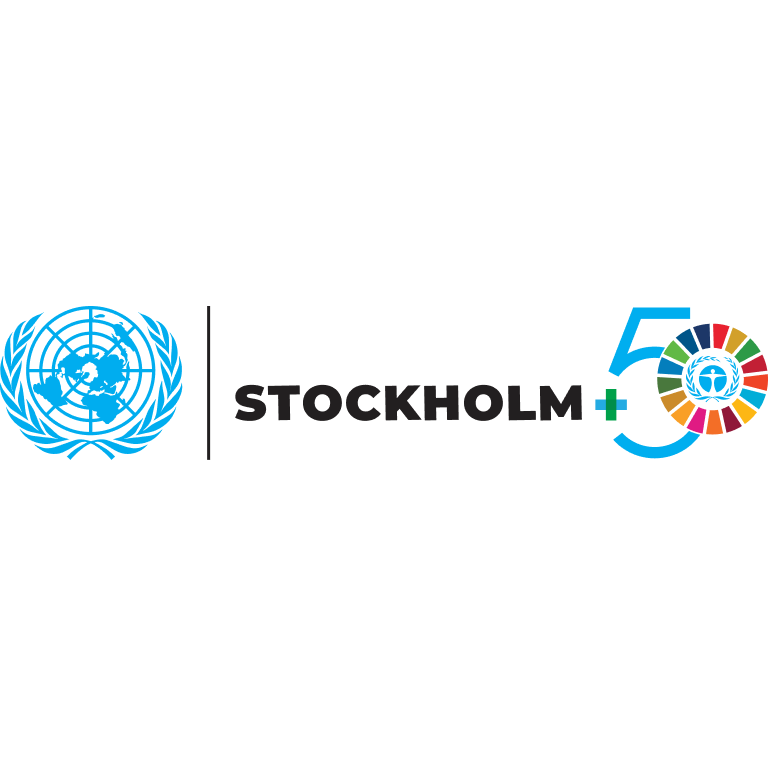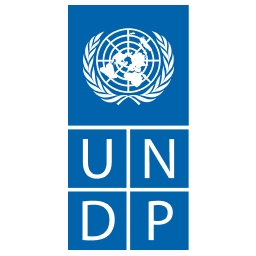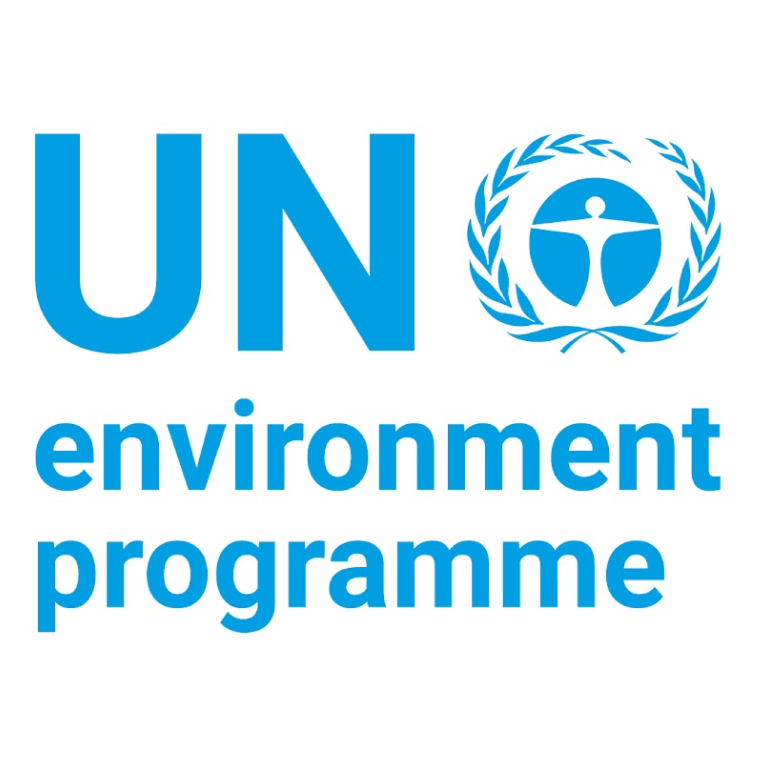State of the Planet: Global Public Survey
Published on 20 December 2022
Project background
The global survey collected voices from citizens around the world on how the world is taking action, barriers and what we can do toward a healthy planet.
UNDP together with UNEP and Sweden distributed the Global Public Survey ‘State of the Planet’ and collected voices from citizens around the world toward the Stockholm +50 International Meeting. Click on the play button to ‘experience’ the data and see what citizens around the world are saying and taking action. Detailed answers can be explored further in the dashboard below.
Note: The designations employed and the presentation of material on this map do not imply the expression of any opinion whatsoever on the part of the Secretariat of the United Nations or UNDP concerning the legal status of any country, territory, city or area or its authorities, or concerning the delimitation of its frontiers or boundaries.
Survey response dashboard
We received a total of 5355 responses from over 185 countries. The survey responses are summarized in the dashboard below. * Note: This was not a structured survey with statistical representation, and therefore results should not be used to show any disaggregated findings. Please refer to the methodology note.
Note: The designations employed and the presentation of material on this map do not imply the expression of any opinion whatsoever on the part of the Secretariat of the United Nations or UNDP concerning the legal status of any country, territory, city or area or its authorities, or concerning the delimitation of its frontiers or boundaries.
Here are some of the inspiring inputs from survey respondents. Thank you all for sharing your voices!

- 50 years away from the conference that changed a lot of mentalities, created an understanding of our environmental situation which seems more obvious today. A lot has been done, though there is still much to do. I think one of the problems that slows down or hinders the actions is still lack of knowledge. People from the grassroots in developing countries, lacking access to social medias or even phones should be taken into consideration too, their voices also need to be heard
- Action requires people and we have to take care of people properly to ensure sustainability and action. Social systems and support that are enablers (not creators of dependency) will boost people who in turn are more ready to receive information to act and save the planet.
- All life and the planet Earth is sacred, not just us humans. We are looking at the global environment problems on an anthropocentric perspective. Who will speak for the forest, the ecosystems, seas, or nature? We need them more than they need us. Let us help nature and nature is sure to help us out of these global environment problems.
- As one of the drivers: Putting local communities, both rural and urban, into the centre of decision making and implementation process of whatever kind of clean energy and green initiatives. Mostly youth and women should be strategically integrated over the leadership actions; social media and nonformal education initiatives and spaces could be well explored, innovated and improved for this goal achievement
- As the COVID-19 pandemic has taught us, all countries - developed & developing - must be included in solving global challenges. Therefore, developed countries should not only do their part (as major emission contributors) but also support developing countries to transition to green economies.
- Destroying a forest can happen in weeks but restoring it will take 20+ years. There is no better time than today to start restoring forests.
- Digital tools can drive at an inclusive, transparent digital democracy that goes beyond boundaries. Work with digital experts and HCD teams to orchestrate this to show that people around the world want a lot of the same things.
- Doughnut economics: A compass for human prosperity, whose goal is to meet the needs of all people within the means of the planet. It consists of two concentric rings: A social foundation – to ensure that no one is left falling short on life’s essentials. An ecological ceiling – to ensure that humanity does not collectively overshoot planetary boundaries. Between these two boundaries lies a doughnut-shaped space that is both ecologically safe and socially just – a space where humanity can thrive.
- Emphasis should be made at school level where young generations must be made aware of the importance of mitigating climate change. Today's youth are our future leaders. They have to be made aware of the importance of preserving our fauna and flora, not only theoretically but also practically.
- For the first time in human history, we need to learn to be sustainable and urgently. We need to enact solutions, but to do that we need to back action - to be consistent as to what they are, to fund it properly and to give people a belief (and permission) to bring it about. We must educate everyone (especially adults) to create the political space. We need to tax the bad and fund the good. And we need to give nature (& our atmosphere) real protection in law.
- I am sceptical if my message will be delivered before my one-minute elapses because the earth might erupt within our location due to the environmental injustices man have perpetrated on it. The damage is already done, and reactions are right in front of us. We must put a STOP to the continuous use of fossil fuels if we hope to live for a better tomorrow.
- I was already at Stockholm in 1972 and have worked on the environment and sustainability for 50 years. We need to inspire today's youth to transform the next 50 years with values of justice, solidarity, moderation, and service to all of humanity.
- The Climate Crisis the world is facing currently is manageable if we enrol the technological infrastructure we have realized. Satellites are being launched daily giving more insights on how the earth looks like, Science is taking shape daily due to these streams, as a Climate advocate I am championing the use of this Information (Data) to make better decisions of adapting and restoring the lost. We have all it takes to be sustainable if we only invest in Data and draw valuable insights from it.
- The inclusion of young people from underrepresented societies in the global south is crucial and should be of utmost concern to world leaders in the global space. Where global issues are debated on, the voice of the indigenous and local communities in third world countries are faint and mute due to lack of consideration of the unprivileged. Making global solutions should engage thoroughly the grassroot and underrepresented and they have the most pressing challenges due to decades of muted voice.



